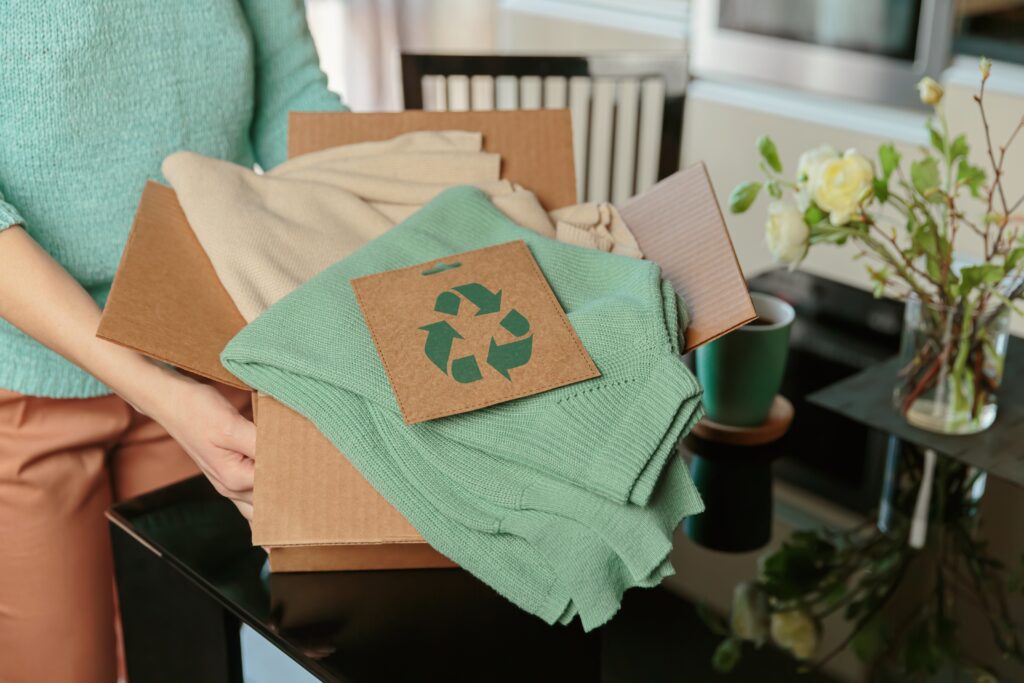As the global fashion sector pivots toward recovery and innovation, Asia-Pacific is not just regaining momentum—it’s setting the pace for the industry’s future. For procurement leaders, this region isn’t merely a sourcing base. It’s the beating heart of the world’s apparel and textile trade, where sector expansion, digital transformation, and ecosystem depth converge to create opportunities buyers can’t afford to miss.
Industry Expansion: Data That Demands Action
Asia-Pacific’s strength is built on scale and performance. In 2025, the region’s apparel market is forecast to reach $731.7 billion, commanding over half of global value, and is set to grow at a healthy 3.15% CAGR through 2029. On the textile front, APAC’s market will hit $727.3 billion in 2026, with China holding a dominant share above 50%. Export leaders like Vietnam, Bangladesh, and India are posting apparel export growth rates between 7% and 13% in recent years, giving buyers more options and supply chain agility.
On the demand side, digital acceleration is transforming sourcing:
- E-commerce Apparel
Over 40% of fashion sales in Asia now occur online—a shift driven by 1.1 billion+ internet users and mobile-first consumers.
- Online Growth
Asia-Pacific’s apparel e-commerce is projected to nearly triple in value to $315 billion by 2030, fueled by China, South Korea, ASEAN, and Australia.
- Women’s Apparel
This segment leads regional growth, with revenue expanding faster than other categories throughout Asia-Pacific.
For sourcing professionals, these figures show exactly where production and consumption are moving. Those who secure partnerships early gain first-mover advantage.

Why Sourcing Leaders Are Acting Now
The timing for sourcing in Asia-Pacific has never been better—and top performing buyers are moving decisively in 2026 to secure the greatest advantage.
- Favorable Trade Conditions
New agreements like RCEP are lowering tariffs and streamlining cross-border logistics, making multi-country sourcing more cost-effective and less risky. Early movers can fully leverage these advantages as more competitors enter the field.
- Sustainability Innovation Is Mainstream
Supplier innovation is accelerating, with 15–20% annual growth in certified sustainable apparel and supply chain transparency. Buyers can now access partners at the forefront of waterless dyeing, lab-grown fibers, and other next-gen solutions, positioning themselves ahead of regulatory and consumer shifts.
- Digital + Physical Integration
The convergence of digital tools and the full return of trade events makes 2026 a unique sourcing window. Over 65% of buyers blend online discovery with in-person evaluations, speeding up decisions and securing the most innovative partnerships.
This environment allows sourcing teams to move faster, with greater confidence and more value than in typical market cycles.
Asia-Pacific: The World’s Sourcing Ecosystem—Explained
What sets this region apart for fashion sourcing?
- Depth & Diversity
From high-tech factories to boutique workshops, Asia-Pacific covers every niche. Leading hubs like Hong Kong bridge international markets and connect luxury with mass market demand.
- Speed & Agility
Major exporters deliver faster turnaround, flexible minimums, and superior compliance, all backed by world-class logistics.
- All-In-One Sourcing
Asia-Pacific uniquely brings together apparel, accessories, advanced textiles, and fashion tech in a single ecosystem. Major fairs, like Fashion InStyle, let buyers compare suppliers and innovations on-site.
Building connections here is essential for any business looking to maximize competitive advantage.

How Buyers Can Win in 2026: Actionable Sourcing Strategies
Growth brings opportunity and competition. Leading buying teams are stepping up with strategies proven to strengthen results:
- Diversify Supplier Base
Shortlist multiple suppliers in Vietnam, Bangladesh, or India—alongside China. This resilience increases options for pricing, capacity, and compliance.
- Insist on Verified Sustainability
Select partners with certifications (Oeko-Tex, GOTS, BSCI) and clear environmental progress—like reduced water use and more recycled content.
- Leverage In-Person Events for Vetting
Use fairs like Fashion InStyle to meet partners face-to-face, inspect quality, and fast-track negotiations. Schedule meetings after thorough digital research for efficiency.
- Adopt Digital Platforms for Management
Blend face-to-face meetings with digital platforms for quotes, sampling, order tracking, and compliance.
- Prioritize Agility
Favor suppliers with lower minimums and flexible production schedules for risk control and faster time-to-market.
These steps are what Asia-Pacific’s most successful buyers are doing now for sustainable growth in a $730 billion market.

Secure Your Lead: Meet Asia’s Fashion Powerhouses at Fashion InStyle 2026
Data shows the growth, but the real advantage comes from action. Teams that combine digital tools with hands-on supplier meetings seize opportunities others miss.
Fashion InStyle 2026 (Hong Kong, April 27–30):
- Connect with proven garment and textile suppliers
- Preview sustainable materials, fashion tech, and digital production solutions
- Arrange meetings with key decision-makers
Pre-register now to secure your place, save time on-site, and position your business to ride the Asia-Pacific wave before the next growth cycle.
Asia-Pacific Fashion Market Data and Forecasts
Statista, Grand View Research, Mordor Intelligence, ResearchAndMarkets, HKTDC Research, WTO Apparel Trade Data
Apparel Export, Textiles, and Trade Policy
Fibre2Fashion, World Trade Organization, ASEAN Secretariat, McKinsey Apparel Sourcing Survey 2025, Bain & Company, RCEP Secretariat
E-commerce, Digital Sourcing, and Buyer Behavior
Euromonitor International, Statista, Google/Temasek/Bain: Southeast Asia E-Conomy Report, Alibaba Research, HKTDC Sourcing, JD.com Research Institute
Sustainability, Supply Chain Solutions, and Innovation
Mordor Intelligence, BSR, Deloitte, PwC, SCS Global Services, HKTDC Research, Oeko-Tex, GOTS, BSCI
Industry Events, Fair Data, and Market Access
HKTDC Fashion InStyle, Messe Frankfurt Textile Fairs Asia, UFI Global Exhibition Barometer, HKTDC Press Releases & Event Materials
Related posts:
 Global Market Watch: Key Asia-Pacific B2B Trade Trends for 2026
Global Market Watch: Key Asia-Pacific B2B Trade Trends for 2026
 Levelling Up-Shift Of Apparel Supply Chain, Production Move Towards Emerging Countries as China Focus on The Upstream
Levelling Up-Shift Of Apparel Supply Chain, Production Move Towards Emerging Countries as China Focus on The Upstream
 Sourcing Essentials for the Hybrid Work Boom
Sourcing Essentials for the Hybrid Work Boom
 The State of Fashion 2024-25: Embracing Sustainability, Diversity, and Global Opportunities
The State of Fashion 2024-25: Embracing Sustainability, Diversity, and Global Opportunities




